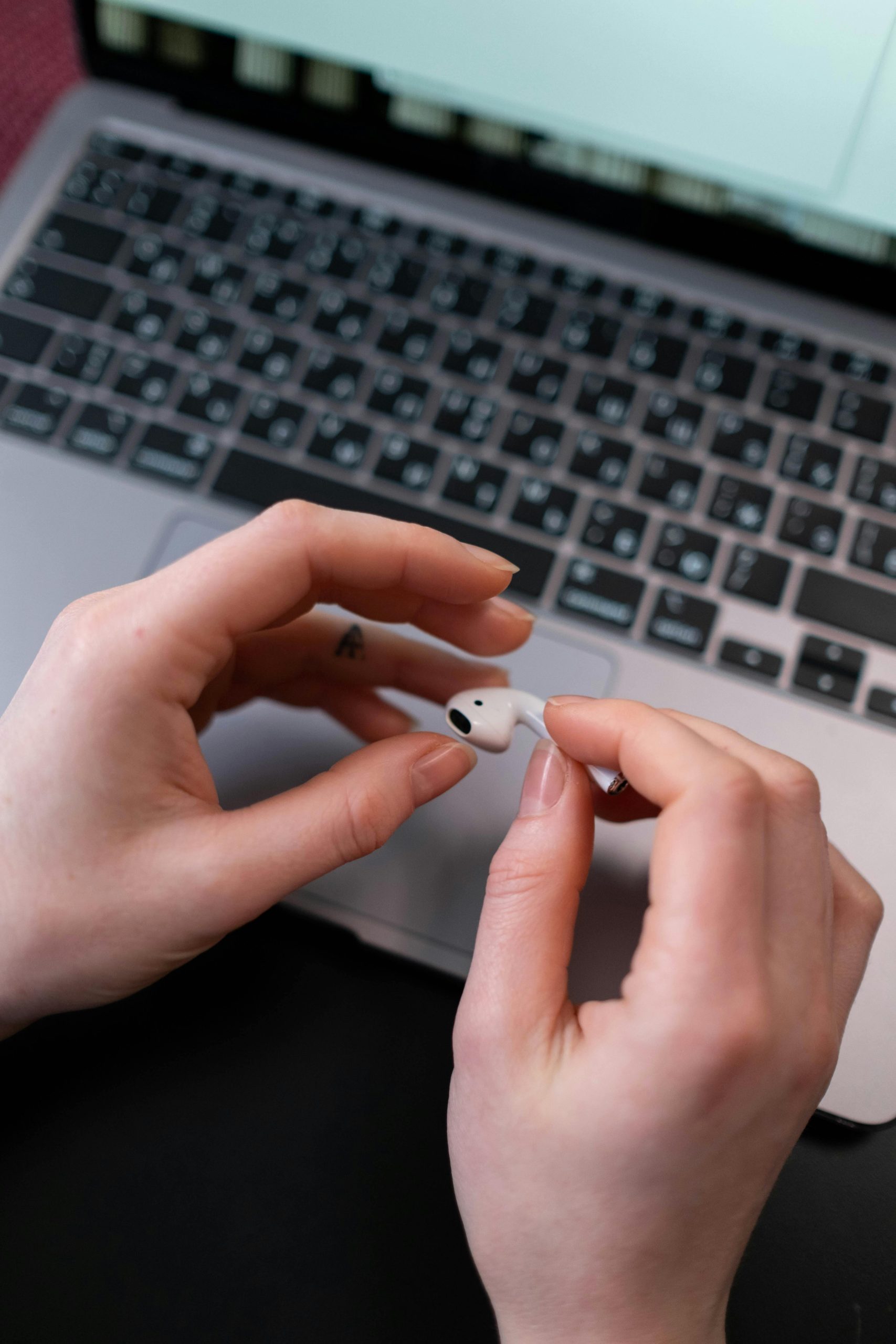Understanding the Impact of Power Source on Laptop Download Speeds
Many users with high-speed internet connections have encountered perplexing issues where download speeds fluctuate unexpectedly. One such scenario involves a laptop experiencing reduced download performance when connected to its power supply, despite expectations that plugging in should improve or stabilize network performance.
The Issue at a Glance
A user with a high-capacity gigabit internet connection noticed an unusual pattern: their laptop, a 2021 ROG model, was downloading games efficiently at speeds exceeding 700 Mbps. However, upon plugging in the laptop to charge as the battery began to drain, the download speeds sharply dropped to below 100 Mbps. Conversely, disconnecting the charger restored speeds to their optimal levels.
Potential Causes and Considerations
This seemingly counterintuitive behavior raises questions about the interaction between power management settings and network performance. Although one might assume that connecting to power would enhance performance or at least have no adverse effect, the reality can be different due to several factors:
-
Power Management Settings:
Many laptops include power profiles that optimize performance differently depending on whether the device is on battery or plugged in. Sometimes, these profiles can throttle network adapters or CPU performance to conserve energy when connected to power, or vice versa. -
Network Adapter Power Saving Modes:
Wireless and Ethernet adapters often have power-saving options that could be triggered automatically based on the power source, inadvertently limiting bandwidth when plugged in. Checking and adjusting these settings can often resolve speed discrepancies. -
Driver and Firmware Settings:
Outdated or misconfigured network drivers may react unpredictably under different power conditions, leading to performance issues. Ensuring drivers are up-to-date and verifying specific Ethernet adapter settings may help. -
Hardware Conflicts or Power Delivery Settings:
Some devices or motherboards may have unique interactions between power supply and hardware performance, especially with gaming or high-performance laptops.
Practical Steps to Troubleshoot
To address and potentially resolve this issue, consider the following measures:
-
Adjust Power Plan Settings:
Go to your operating system’s power options (e.g., Windows Power & Sleep Settings) and select a high-performance mode. Customize the plan to prevent the Ethernet adapter from entering power-saving modes. -
Check Network Adapter Properties:
Access Device Manager, locate your Ethernet adapter, and review its properties. Disable any power-saving features that could limit bandwidth. -
Update Drivers:
Visit your laptop manufacturer’s
Share this content:



